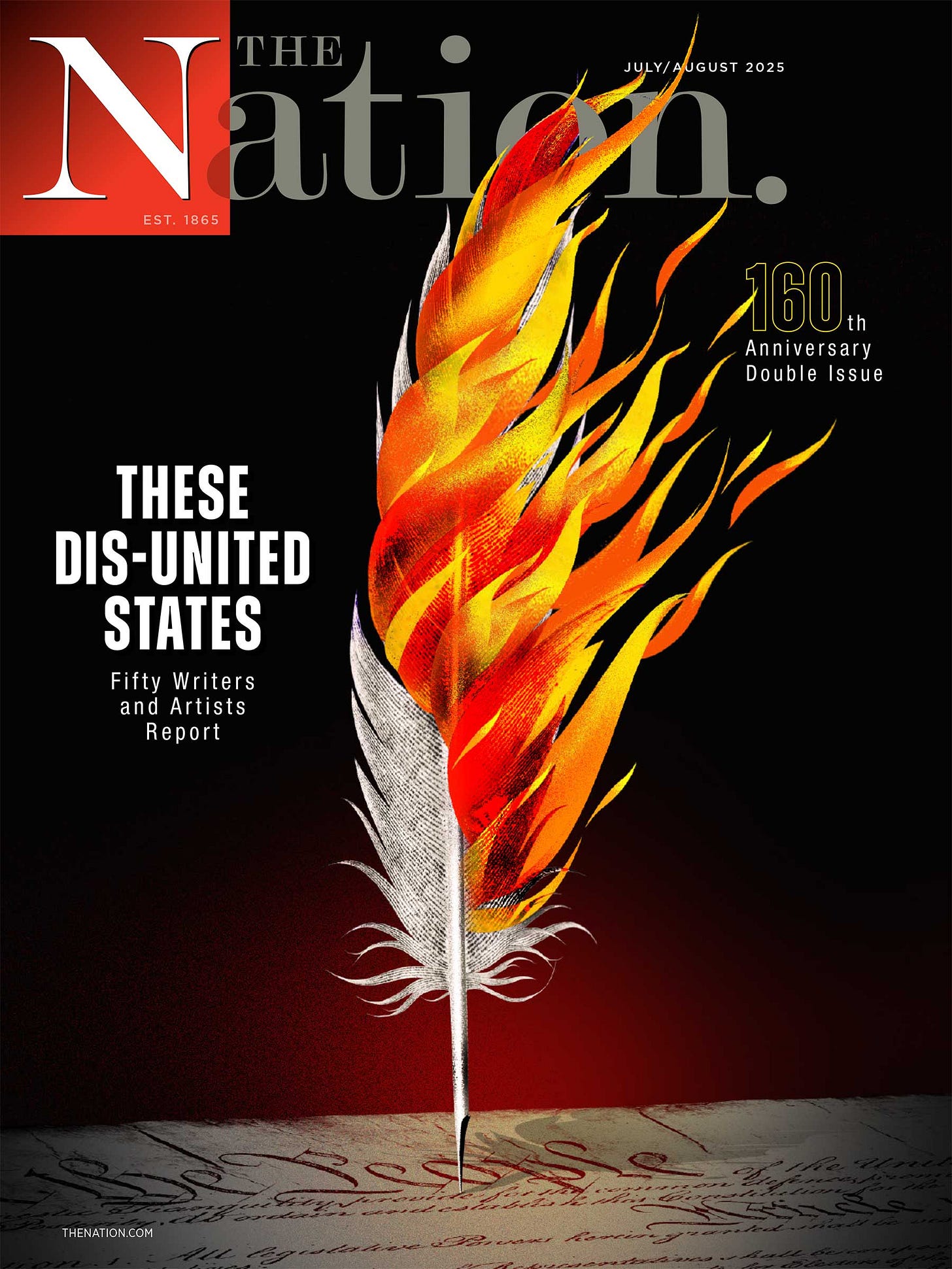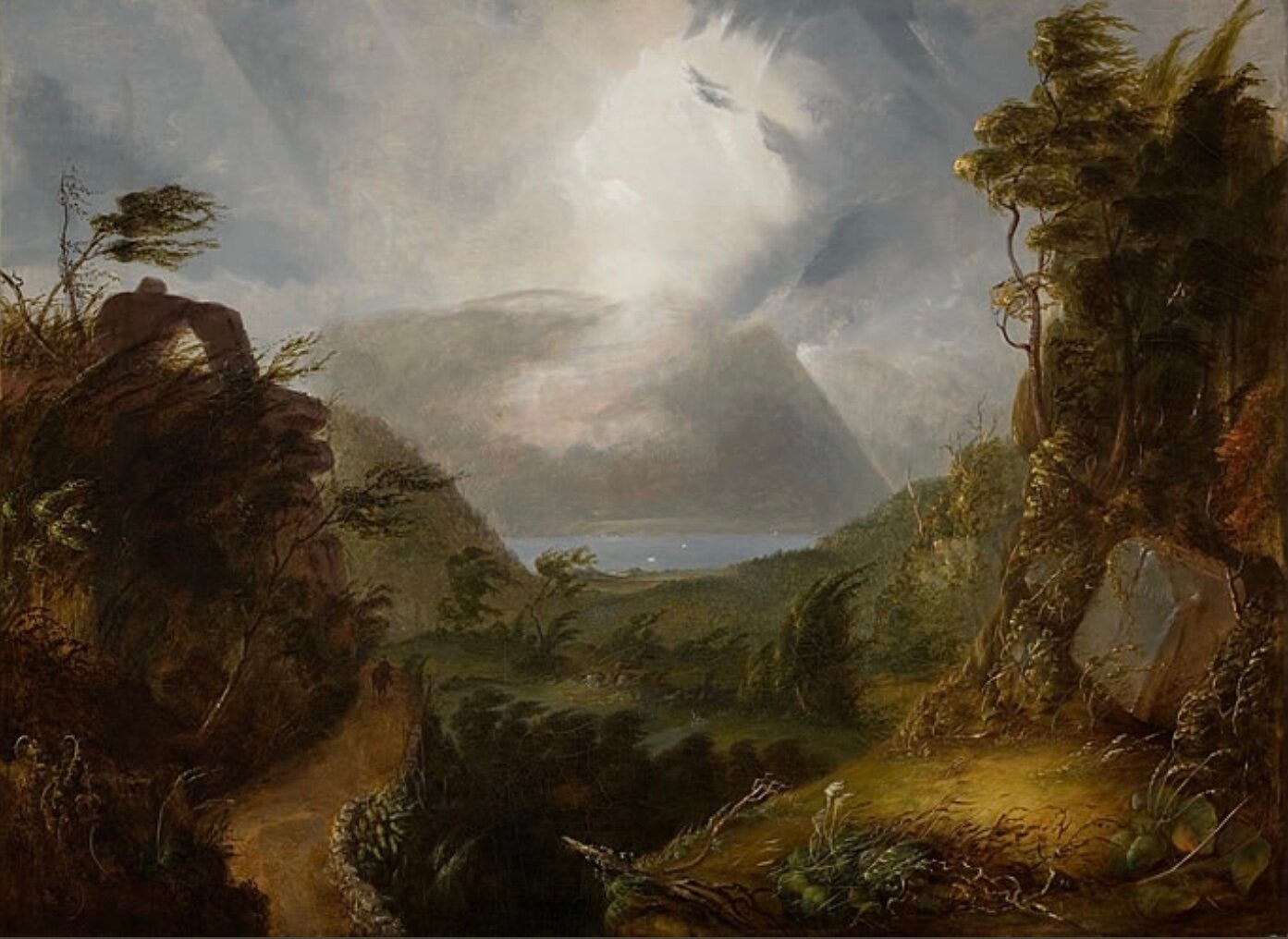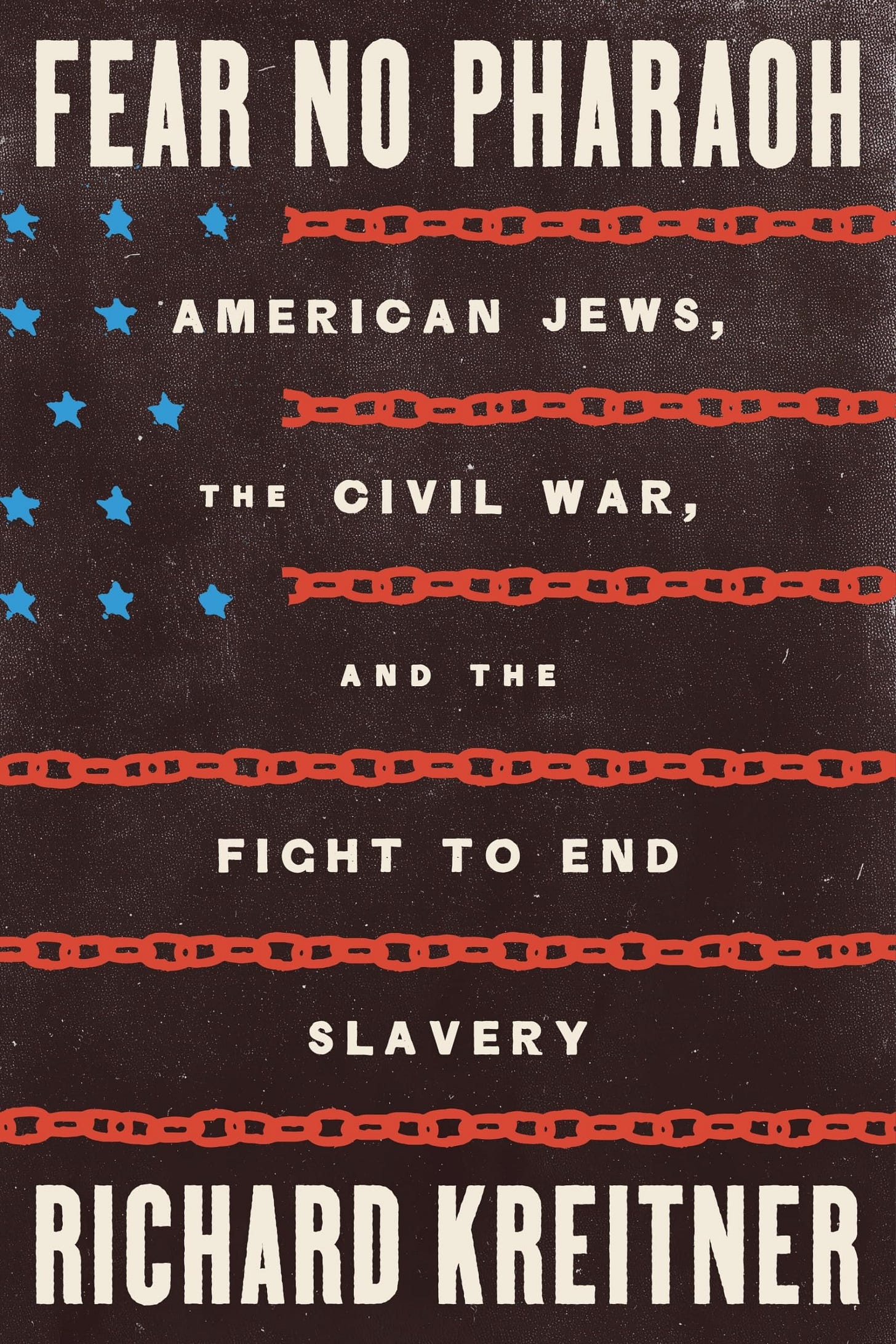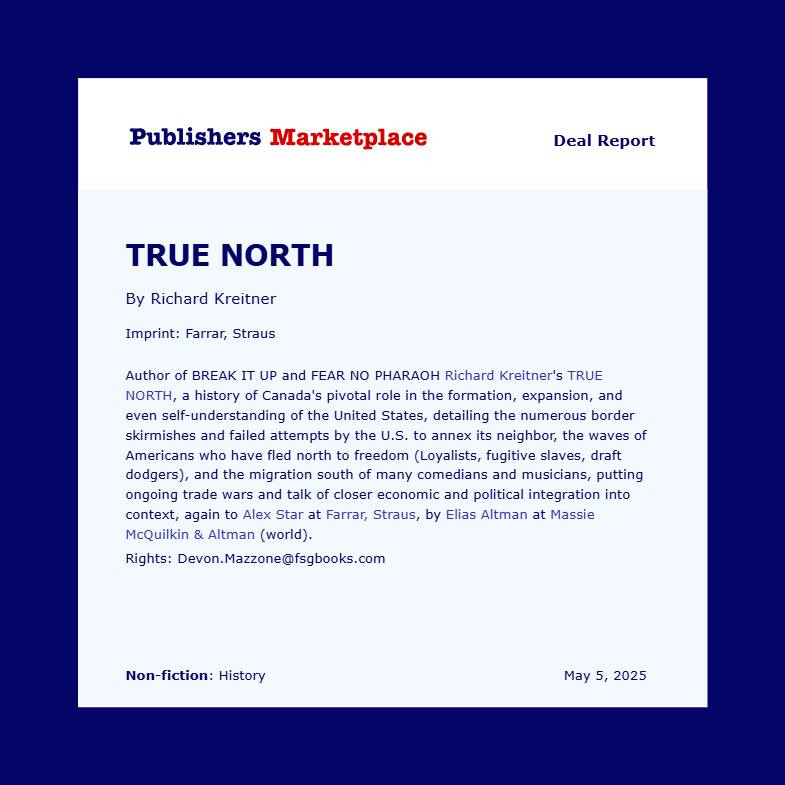What Else I've Been Doing
Columns, book reviews, my next book project (!).
I’ll be on a long and rambling road trip for most of the next month, so will not be posting new THINK BACK episodes until I return. In the meantime, I thought I’d leave you, dear listeners and readers, with some other pieces and projects I’ve been working on over the last few months—and some exciting news about what lies ahead.
One of my early gigs in journalism was helping to edit The Nation’s 150th anniversary issue. Founded by former abolitionists in 1865, the magazine long claimed the title of “America’s oldest weekly.” Now a monthly, the publication is still going strong. I’m a contributing writer. Every month, I write a column titled “Our Back Pages,” digging up some forgotten gem from the archives. Recent installments covered The Nation’s original 1925 review of The Great Gatsby and the magazine’s criticisms of the 1952 anti-immigration law that the Trump administration has invoked in its attempt to deport activists like Mahmoud Khalil.
Along with the outgoing editor of the magazine, D.D. Guttenplan, I recently edited a special forum in The Nation’s 160th anniversary issue, titled, “These Dis-United States.” I’m rather proud of the package we put together, which among the 50 contributors (one for each state) includes some of my favorite living writers, journalists, and illustrators. The theme of American disunion is dear to my heart (being the subject of my 2020 book Break It Up), and it was a thrill to be able to ask a contributor for each state to reflect on it in print. As I write in the introduction:
Here we get firsthand testimony, from Maine to Hawaii, of the acceleration of a decades-long project to hollow out government at every level—and of the devastating effects of that project on our national life. Among other things, these pieces tell a story of the aggressive erasure of difference. Still, as Judy Chicago puts it in the title of her hand-embroidered contribution, “We’re All in the Same Boat”—even if some of us are doing everything we can to keep it afloat, while others, for profit or pleasure, try to capsize it.
The print issue is on newstands now, and you can also check out the nicely produced online version here.
Since moving to the Hudson Valley four years ago, I’ve become profoundly interested in the history of the region. It’s got it all, from the formation of the Appalachian mountains some 400 million years ago through significant Revolutionary war battles to the postindustrial, arts-fueled revival of recent years. Plus, it’s absolutely stunning, which helped inspire the first significant American arts movement, the Hudson River School, exactly two centuries ago. In August of 1825, English-born painter Thomas Cole visited the area and painted his first Hudson Valley picture: an edenic woods scene with Storm King Mountain in the background, about four miles from where I’m sitting.
Channeling this interest, I write another monthly column, “Backstory,” for Hudson Valley magazine, where I’m also a contributing writer. Recent installments introduced readers to a forgotten nineteenth-century Black hamlet, the history of the Taconic Parkway, and the Peekskill Riots of 1949. It’s a great gig. I get paid to do the immersive dive into regional history I would want to be doing anyway. I very much enjoy researching and writing these columns, and I think I’ve done a decent job so far—a little more than a year in—of sharing that enthusiasm with readers. I maintain an ever-lengthening list of potential column ideas and am always looking for more.
Since moving here, I’ve also written a few more investigative-type feature stories about Hudson Valley topics, including one for a Kingston-based magazine, Chronogram, about a controversial proposal to build a trail through the stunningly beautiful territory between my hometown, Beacon, and nearby Cold Spring. Last year I wrote a two-part feature for our (unreasonably good) local newspaper, The Highlands Current, about the threat of wildfires in the Hudson Valley. Recently that series won an award for investigative reporting from the New York News Publishers Association. I always enjoy it when I leave the study, throw on my journalist hat, and venture out into the world.
I had a review in the print edition of The New York Times last month. It’s about a long and largely impressive new biography of Charles Sumner, the anti-slavery Massachusetts senator whose “caning” on the Senate floor by an irate Southern congressman is often cited as one of the landmark events in the lead-up to the American Civil War. Here’s a little taste from the piece:
A strange, special fate belongs to those famous Americans known not for what they did but for what was done to them. Think of Sonny Liston, photogenically flattened by Muhammad Ali’s “phantom punch,” or Rodney King, brutalized by the Los Angeles police. Such figures are remembered more as prostrate symbols than as living, breathing people.
Then there is Charles Sumner (1811-74), the antislavery Massachusetts senator “caned” by the South Carolina congressman Preston Brooks. The verb, rarely used in other contexts, masks the viciousness of the deed. In 1856, Brooks, offended by a speech Sumner had given, slammed his gold-topped walking stick into his colleague’s skull and body until he lost consciousness. Sumner was drenched in blood. His doctor was surprised he survived.
The attack inflamed the North and helped grow the new Republican Party, while white Southerners rallied around Brooks, an early hint there was a constituency for violence on behalf of slavery. But who was Sumner? What do we miss by remembering this fierce and visionary leader solely for his maiming on the Senate floor?
You can read the rest of the piece here. I got some lovely feedback on the piece, including from writers and scholars I greatly admire.
As for my own book, Fear No Pharaoh: American Jews, the Civil War, and the Fight to End Slavery, the reviews keep coming, albeit more slowly in recent weeks. I’m pleased not only that they’ve been overwhelmingly positive, but that outlets on both the left and the right seem to appreciate what I was trying to do. Following the left-leaning writer Benjamin Moser’s fairly effusive take in the New York Times, Stuart Halpern, writing in Commentary, the traditional house organ of Jewish neo-conservatism, called the book “engaging” and “fine” (but in the stronger Virginia Woolf-ish sense of the word, not the meh sense). The piece had a witty headline: “Battle Psalms of the Republic.” Similarly, Allan Arkush, in the Jewish Review of Books, called the book “comprehensively researched and vividly written,” adding: “Richard Kreitner’s excellent book…provides more food for thought than ammunition for debate.” Check it out for yourself—ideally at your local bookstore or through Bookshop.org.
If you prefer to listen to books, something I don’t seem to be capable of doing (started many, finished none), you can check out the audiobook version, read by Dean Gallagher, which came out a few weeks ago.
I’ve also continued to do interviews and book talks about Fear No Pharaoh, including fun little jaunts to the Museum of the Southern Jewish Experience in New Orleans and the National Civil War Museum in Harrisburg, as well as an online event with the famous Abraham Lincoln Book Shop in Chicago.
Finally, some news. I’ve started work on my next book. Titled TRUE NORTH, this one will be a centuries-spanning history of how Canada has shaped the United States—the surprisingly numerous times the US has invaded its northern neighbor, the various waves of refugees who fled across the border (loyalists, fugitive slaves, Vietnam draft dodgers, Yale professors), all the different ways Canada has figured in the American imagination: as bogeyman, exemplar, or appealing alternative. Like Break It Up, this book will trace one long-obscured idea throughout American history, teasing out a once-important but now largely forgotten aspect of the national past while at the same time hopefully helping to explain some of the more baffling aspects of the present.
All through the fall, as I worked on the proposal, I told my wife that I was really taken with the idea and that the work was going well—only, I wasn’t sure the topic was really relevant or equal to the moment. Thanks, Trump! I am beyond thrilled to again be working with Alex Star, the exceptional editor at Farrar, Straus & Giroux, who also handled Fear No Pharaoh.
I’ll have much more to say about this project in the coming months and years, as my work on it progresses. In the meantime, don’t be alarmed if you hear more references to Canada in my conversations with historians than you might otherwise expect. I’m not moving (back) there—at least not yet. Instead, I’m striving, among other things, to tease out the backstory behind the impulse of those who are doing so. How did at least some Americans, who for the longest time tended to think of Canada as a backwards bastion of popery and conservatism, come to see it instead as a saner, more liberal America? Where did Trump’s cockamamie 51st state idea come from? Why was it such a prominent part of American politics for well over a century, and when and why did the annexation idea go away? Why on earth did it so suddenly return?
There’s been a lot of study in Canada devoted to the impact of living next to the behemoth of the United States, yet much less in the United States of how this northern neighbor (much smaller in population, though larger in land-mass) has shaped the development of our country—politically, culturally, economically, and otherwise. As we were reminded this past weekend by the Canada-borne wildfire smoke that hovered over the Hudson Valley, obscuring the view from Mount Beacon’s summit—though far from ruining our ambitious all-family hike—our two countries are inextricably connected, have always been, and will always remain so, whatever tensions occasionally break out between Washington and Ottawa. As the book will show, both those tensions and those ties can be tracked to a time long before there was a country rather ambiguously called the United States, much less the more recently cobbled-together Dominion of Canada.
Thanks for reading this long update, and for subscribing to this newsletter/podcast. As always, I’m grateful to those of you who have supported the show with a monthly donation, as well as to those who have shared an episode (or my books!) with anyone you think might appreciate my work. I’ll be back with more episodes in late August or early September. Adieu!







Congratulations on the forthcoming TRUE NORTH. I can't wait for it. I really enjoyed READING FEAR NO PHARAOH with its unforgettable and, in some cases, operatic cast of characters.